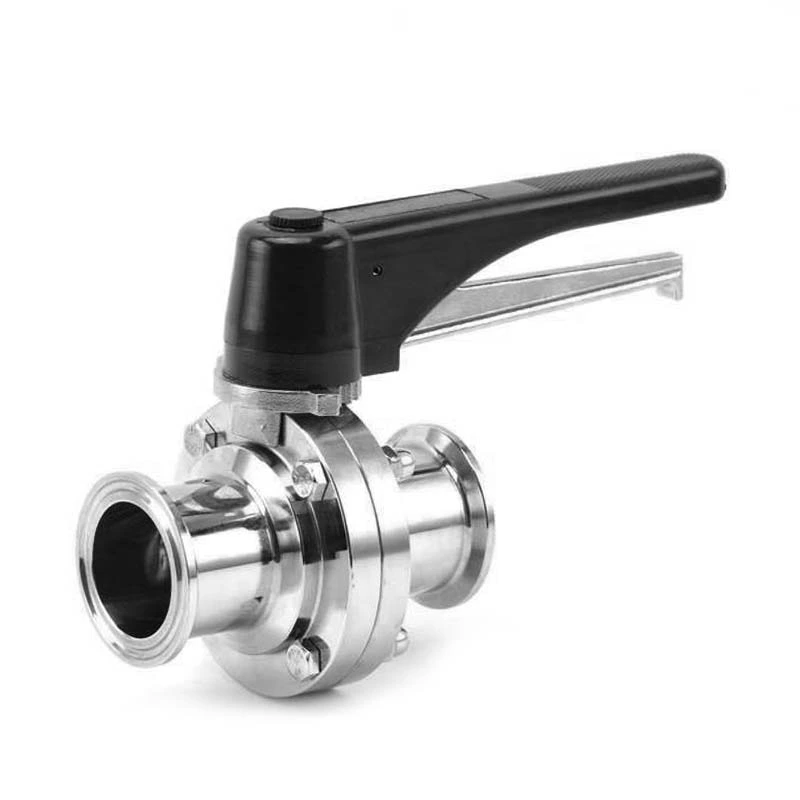Under What Circumstances Will Stainless Steel Butterfly Valves Still Rust?
Sanitary Butterfly Valve adopts a variety of sealing structures. The main materials are stainless steel, rubber, polytetrafluoroethylene, etc. Rubber and polytetrafluoroethylene sealing rings are not suitable for high temperature resistance, high pressure resistance, corrosion resistance and wear resistance.
Stainless steel sealing rings have the dual advantages of elastic sealing and metal hard sealing. The multi-layer soft stacking sealing ring is fixed on the valve plate. It is high temperature resistant, easy to operate, and frictionless when opening and closing, which not only improves the sealing performance of the butterfly valve but also extends its service life. Whether it is used in low or high temperature conditions, it has excellent sealing performance and corrosion resistance.
Stainless steel butterfly valves can resist oxidation in the atmosphere and are corrosion-resistant in acid, alkali, and salt media, so all stainless steel butterfly valves have the characteristics of wear resistance and corrosion resistance. These characteristics can fully reflect the advantages of stainless steel materials, but there is still a possibility of rust in some special environmental media. Here are some introductions:
1. Organic juice (such as vegetables, noodle soup, sputum, etc.) adheres to the surface of stainless steel butterfly valves. In the presence of water and oxygen, organic acid is formed. For a long time, organic acid will corrode the metal surface.
2. The surface of stainless steel butterfly valves is covered with dust containing other metal elements or foreign metal particles. In humid air, the condensed water between the attachments and the stainless steel connects the two into a micro-battery, triggering an electrochemical reaction, and the protective film is damaged, which is called electrochemical corrosion.
3. The surface of stainless steel butterfly valves adheres to substances containing acids, alkalis, and salts (such as alkaline water and lime water splashing from wall decoration), causing local corrosion.
4. In polluted air (such as an atmosphere containing a large amount of sulfides, carbon oxides, and nitrogen oxides), stainless steel butterfly valves encounter condensed water, forming sulfuric acid, nitric acid, and acetic acid liquid points, causing chemical corrosion. The above situations can cause the destruction of the protective film on the surface of stainless steel and cause rust.
In order to ensure that stainless steel does not rust, it is recommended to frequently clean and scrub the surface of decorative stainless steel, remove attachments, and eliminate external factors that cause modification. Reasonably choose the stainless steel material that suits your working conditions.
